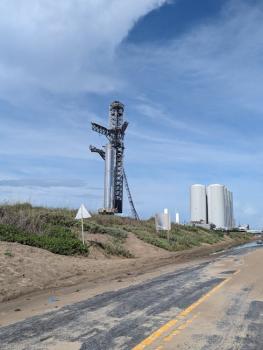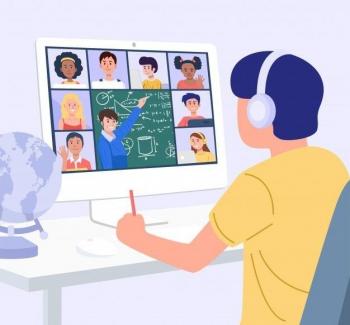High School Detectives: Uncovering the Hidden Threat of Microplastics in Marine Life
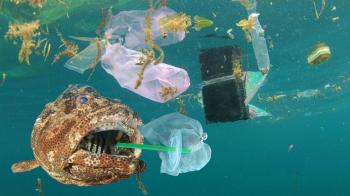
High School Detectives: Uncovering the Hidden Threat of Microplastics in Marine Life
What if the next generation of environmental scientists isn't waiting for college to start making groundbreaking discoveries? How are high school students contributing to the fight against plastic pollution? Why should we pay attention to the contents of fish guts when discussing ocean health? These questions lie at the heart of an inspiring initiative where young scientists are tackling one of the planet's most pressing environmental crises.
The Rising Tide of Plastic Pollution
Plastic pollution has become one of the most significant environmental challenges of our time. Every year, millions of tons of plastic waste enter our oceans, breaking down into smaller fragments known as microplastics. These tiny particles, often invisible to the naked eye, are now ubiquitous in marine ecosystems, making their way up the food chain with potentially devastating consequences.
The problem is particularly alarming because microplastics can absorb toxic chemicals and are easily ingested by marine organisms. Studies have shown that these particles can accumulate in fish tissues, potentially affecting their health and the health of predators higher up the food chain - including humans who consume seafood.
Real-world example: In the Great Pacific Garbage Patch, a massive collection of marine debris, researchers have found that some areas contain up to 1.9 million pieces of microplastic per square mile, highlighting the scale of the problem.

Student Scientists Take Action
Across the United States, innovative high school programs are empowering students to contribute meaningfully to environmental research. One such initiative involves students dissecting fish and examining their digestive systems for microplastic contamination. This hands-on approach not only provides valuable data for scientific research but also gives students firsthand experience with real-world scientific investigation.
These young researchers follow proper scientific protocols, carefully dissecting fish specimens, preserving tissue samples, and analyzing their findings under microscopes. The data they collect contributes to larger databases used by marine biologists and environmental scientists to track plastic pollution trends.
Practical application: In California, student-collected data helped identify hotspots of microplastic contamination in local fisheries, leading to targeted cleanup efforts and public awareness campaigns.

The Science Behind the Investigation
Collection and Preparation
Students begin by collecting fish samples from various locations, often working with local fishermen or environmental organizations. The fish are then carefully measured and prepared for dissection in laboratory settings.
Dissection and Analysis
Using proper laboratory techniques, students examine the fish digestive tracts, isolating and identifying potential microplastic particles. Advanced programs may use specialized equipment like Fourier-transform infrared spectroscopy (FTIR) to confirm plastic types.
Data Recording
Findings are meticulously documented, including information about the fish species, location caught, size, and the quantity and type of microplastics found. This data becomes part of larger research efforts tracking plastic pollution.
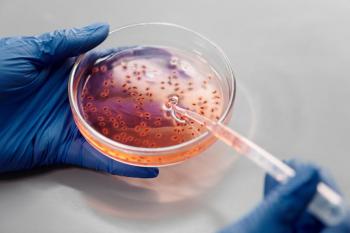
Educational Benefits Beyond the Classroom
Participating in authentic scientific research provides students with invaluable skills and experiences that extend far beyond traditional classroom learning. These programs foster critical thinking, problem-solving abilities, and scientific literacy while addressing real environmental concerns.
Students gain practical laboratory skills, learn to follow rigorous scientific protocols, and develop data analysis capabilities. Perhaps most importantly, they come to see themselves as active contributors to scientific knowledge and environmental solutions.
Real-world impact: Many participants report increased interest in STEM careers and environmental advocacy, with some continuing their research at the college level or pursuing related careers.
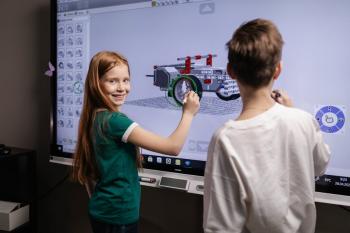
Community Engagement and Policy Impact
The work of these student scientists often extends beyond academic circles, influencing local communities and even policy decisions. By presenting their findings at science fairs, community meetings, and to local officials, students help raise awareness about plastic pollution and its consequences.
In some cases, student research has contributed to local ordinances reducing single-use plastics or inspired community cleanup initiatives. The authentic nature of their work lends credibility to their advocacy efforts, making their voices particularly powerful.
Example: A student group in Oregon used their microplastic research to successfully advocate for a ban on plastic straws in their city, demonstrating how youth-led science can drive policy change.
The Future of Citizen Science
These high school research programs represent an exciting frontier in citizen science, where non-professional scientists contribute meaningfully to important research. As technology advances and access to scientific tools increases, the potential for student-led research to make significant contributions grows exponentially.
Looking ahead, we can expect to see more collaborations between schools, universities, and research institutions, creating pipelines for young scientists to engage with cutting-edge environmental research from an early age.
The work of these student detectives reminds us that solutions to complex environmental problems can come from unexpected places - including high school science labs. Their efforts not only advance our understanding of microplastic pollution but also inspire hope for the future of environmental stewardship.
